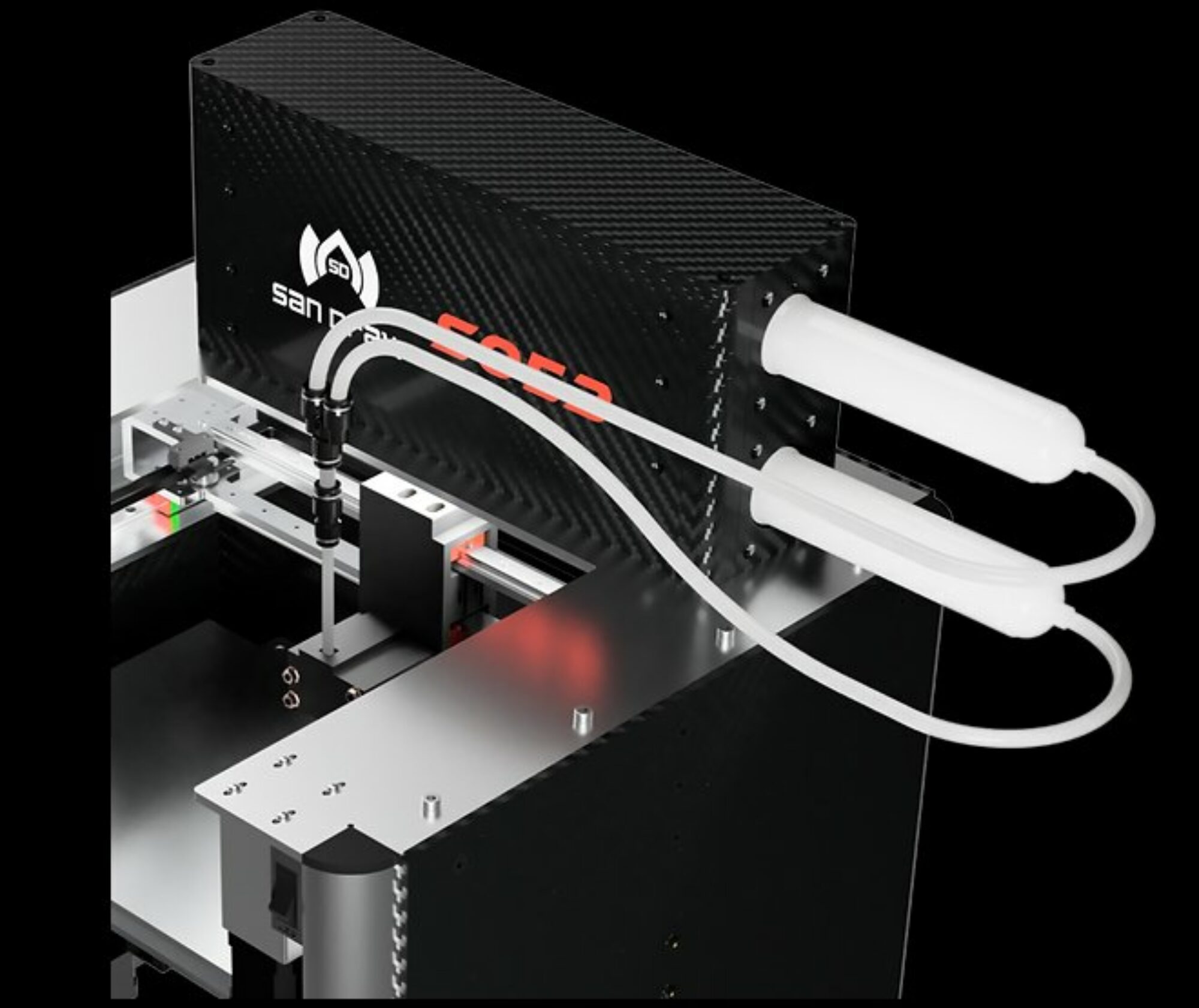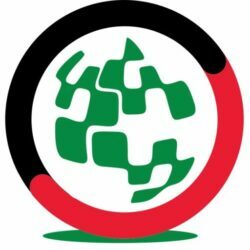Frequently Asked Questions
Here is a summary of your Frequently Asked Questions. If you you have any other questions that your were not able to find here, please don’t hesitate to use our contact form.
What is 3D printing?
Also termed additive manufacturing, it is the process of creating a 3D physical object from a 3D digital model, layer by layer.
How does 3D printing work?
3D printing works by layering different materials using Computer-Aided Design (CAD). The material used (e.g., plastic, metals, resins) is melted and extruded to form the layers.
When was 3D printing invented?
In the mid-1980s, Charles W. Hull created the first 3D printer.
Who invented 3D printing?
Charles W. Hull created the first 3D printer in the mid-1980s.
How to create 3D models for printing?
3D models are created by various digital tools. These Computer-Aided Design (CAD) and modelling tools provide the flexibility of digitally designing models before printing.
What is infill in 3D printing?
Infill is the internal parts of a 3D print. The infill entails the material or pattern used in the interior areas. A 3D print could be lower infill to mean hollow or full infill. Hollow parts are quick to print and lighter than full infill, but preferably 50% infill provides ideal structures.
How to convert STL file for 3D printing?
Your digital design (usually in stl. format) has to be converted into a language that the 3D printers will understand (termed as G-code). These is done using slicing softwares that allow input of specifications of the print. We usually use Cura and Repetier.
What is a raft in 3D printing?
The Raft is suport material for the 3D model that can be made during the print process. It provides adhesion to the 3D Model in instances where it may be needed due to the size or orientation of the model.
What are use cases for 3D printing?
There are too many to list. However use cases in 3D Printing are seen in many industries such as medical, defense, automotive, aerospace, and much more!
What is FDM 3D printing?
Fused Deposition Modelling (FDM) also termed fused filament fabrication (FFF), is a manufacturing method where a material is melted and layered to form your object. Fused Deposition Modeling is the process of creating a 3D model layer-by-layer using a heated extruder (and in some cases a heated print bed) using filament from various materials, most commonly plastic.
What is a brim in 3D printing?
The Brim is another support type that is made horizontally on the initial flat surface layer of your printed object. It covers more surface area than your model.
What does PLA stand for in 3D printing?
Polylactic acid (or polylactide) is a biodegradable thermoplastic that is used in 3D printing.
How to get started with 3D printing?
Have a look at our eBook “Getting to know … 3D Printing at home!”
What is slicing in 3D printing?
This is the process of converting your digital design (usually in stl. format) into a language that the 3D printers will understand (termed as G-code). Slicing gives specifications of the object being formed from thickness to other dimensions you may need to specify.
How to get into 3D printing?
Our eBook provides the basics of 3D printing, how to determine the best printer, and getting into 3D printing. You can find it here.
What materials can be used in 3D printing?
Plastic, resins, powder, metal, graphite, with plastics like PLA, ABS, PVA, ABS, being the most common.
What does SLA stand for in 3D printing?
Stereolithography (SLA) 3D printing or resin 3D printing.
What software can be use for 3D printing?
Depending on your industry 3D printing software may vary. However, come of the most common ones include: Cura, AutoDesk, AutoCAD, FreeCAD, and Blender to name a few.
How much filament is used for a 3D print?
This depends on the size and configuration (Gcode) of the model. Note that the slicing software you use provides the amount of filament you need to print a model before the print process starts.
How to prevent warping in 3D printing?
Reduce printing speed. A slower, steadier rate is preferred. The temperature of the hot end/extruder should not exceed recommended settings. Preferably for PLA 180-185 degrees Celsius with a maximum of 60 degrees on the print bed. Various printers differ on manufacturers, and therefore, check on your printer’s specifications. Using adhesive material such as a glue stick can also be used to smooth out the print area.
How long does 3D printing take?
This is fully dependent on the 3D technology being used and the size and dimensions of the object being printed. Hence, may vary from a few hours to several days.
What are the cost for 3D printing material?
This depends on the type of material and manufacturer. Canion3D’s prices for our materials are some of the most competitive on the market and of the best quality.
How to speed up 3D printing?
Your 3D Printer has settings that can speed up (or down) during the print process regardless of the Gcode settings. Likely you will find the speed setting for your printer in the main menu of your printers controller.
What is best? PLA vs. ABS plastic.
Both are thermoplastics, and the best option depends on the properties of the object you are creating. PLA is stronger, stiff, and has minimal warping. It is brittle, causing it to have low durability and impact resistance. Its low melting temperatures make it lose stiffness and strength above 50 degrees Celsius. On the other hand, ABS is more durable, lighter, and has better impact resistance. However, compared to PLA, it is weaker, less rigid, and requires high printing temperatures making it more prone to warping.
How do I select the best 3D printer?
Have a look at our eBook “Getting to know … 3D Printing at home!”
What can I build/make with a 3D printer?
3D Printing is widely used in various industries ranging from manufacturing, construction, food industry, medical industry, automotive, robotics, education, fashion and so much more. As an individual, 3D printing can be used to create products such as accessories, tools, furniture, toys, prototypes and a lot more objects.
How do I clean and smoothen an object after printing?
These may include: Remove the supports by carefully removing the visible parts and for the delicate parts. An essential rinse using soapy water or isopropyl alcohol, be careful not to scrub so hard. Sanding to eliminate layer lines, but use low grit sandpaper. Polishing using any liquid metal polish. Vapor smoothing, similar to polishing & sanding, removes layer lines. It is mainly done on ABS material using acetone vapor. Filling and priming were smooth surfaced polished by primer, and any significant gaps in the model were filled up using putties or similar substances. Make sure the nozzle and bed are clean before 3D printing.
How to care for my 3D printer?
Manufacturers tend to provide maintenance instructions that you should at least follow. Other ways include: Clean your nozzle. Clean your printing bed by removing any melted and stuck filament. Lubricate your rails and rods. Tension alignment of the timing belts ensures smooth printing flow and accordingly calibrates your printer.
Where can I find files to print?
You can easily find 3D model files online. Some common sites include Free3D, Pinshape, STLFinder, SketchFab, Thingiverse.


